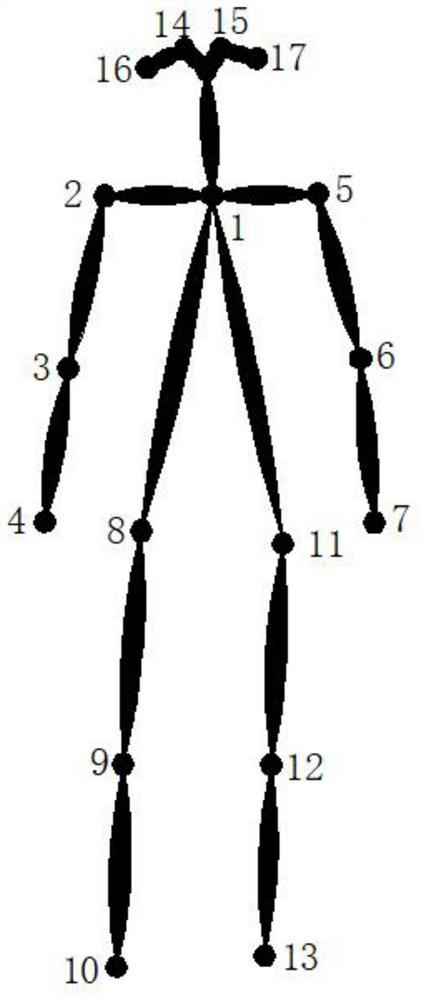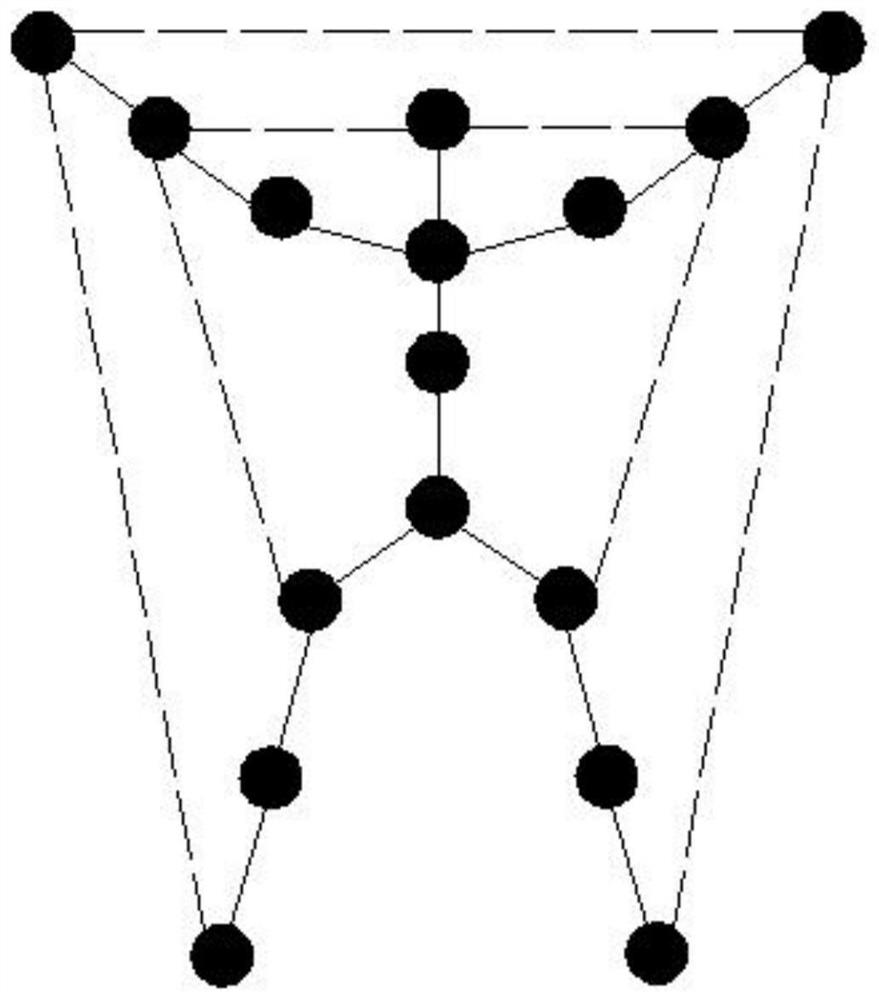Pedestrian re-identification method based on spatial and temporal features
A technology of pedestrian re-identification and spatio-temporal features, which is applied in the field of computer vision, can solve problems such as blurred body shapes, relatively high requirements for image details, and non-cooperative pedestrians in monitoring scenes, and achieve stable and accurate feature information, high accuracy, and improved features. The effect of expressiveness
- Summary
- Abstract
- Description
- Claims
- Application Information
AI Technical Summary
Problems solved by technology
Method used
Image
Examples
Embodiment Construction
[0030] In order to make the technical problems, technical solutions and advantages to be solved by the present invention clearer, the following will describe in detail with reference to the drawings and specific embodiments.
[0031] The present invention provides a pedestrian re-identification method based on video sequences and spatio-temporal features. Firstly, human body posture estimation method is used to extract pedestrian skeleton key points, and for each frame of image in the video sequence, the human body is divided into human body parts according to the skeleton key points. and the human body attached to the background part, a dual-channel neural network is designed to extract the apparent features of pedestrians in the image. For the video sequence, the temporal and spatial information of pedestrians in the video sequence is obtained by concatenating and superimposing the temporal information extracted from adjacent frames and the spatial information extracted by co...
PUM
 Login to view more
Login to view more Abstract
Description
Claims
Application Information
 Login to view more
Login to view more - R&D Engineer
- R&D Manager
- IP Professional
- Industry Leading Data Capabilities
- Powerful AI technology
- Patent DNA Extraction
Browse by: Latest US Patents, China's latest patents, Technical Efficacy Thesaurus, Application Domain, Technology Topic.
© 2024 PatSnap. All rights reserved.Legal|Privacy policy|Modern Slavery Act Transparency Statement|Sitemap



